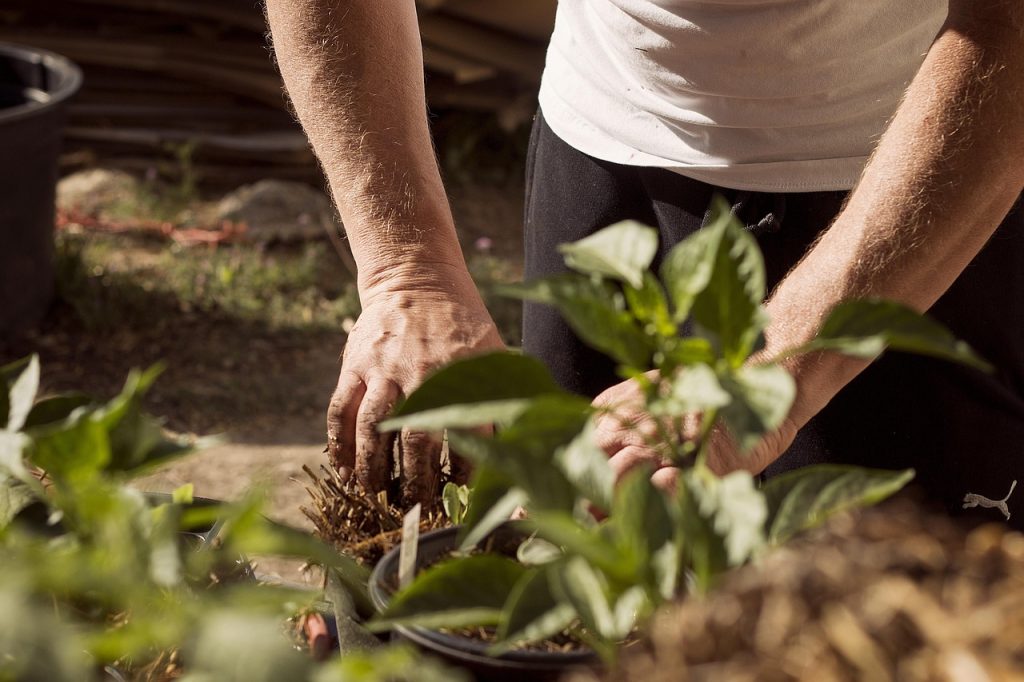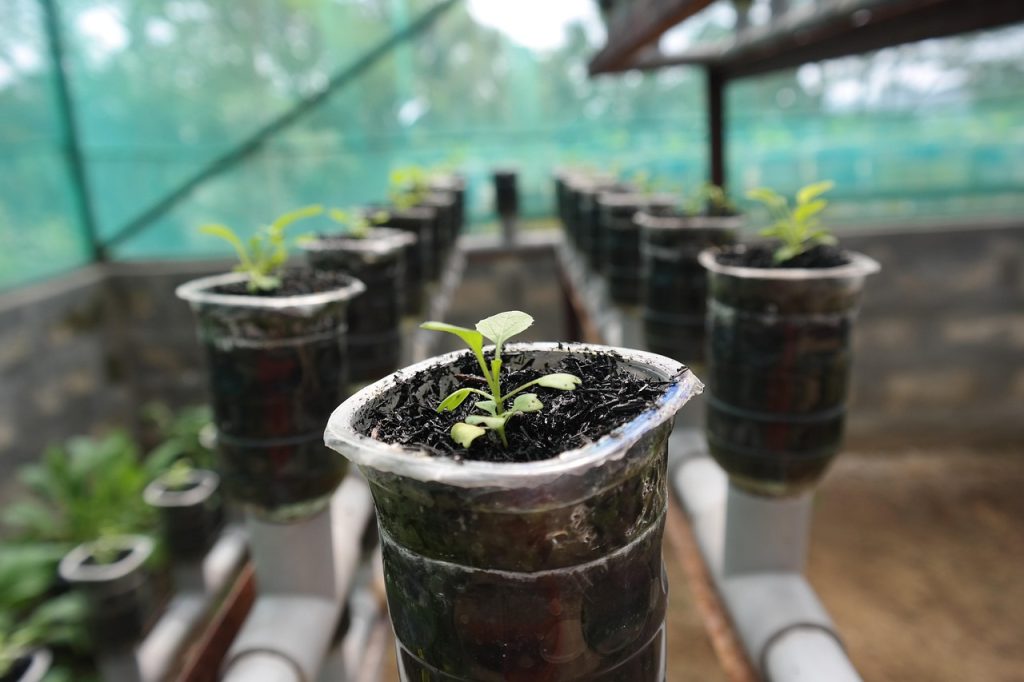Outdoor gardening is more than just a hobby; it’s a way to connect with nature, cultivate your own food, and create a beautiful living space. Whether you are a seasoned gardener or just starting out, understanding the nuances of gardening through different seasons can enhance your experience and yield. This comprehensive guide will walk you through essential tips and techniques to keep your outdoor garden flourishing all year round.
The Basics of Outdoor Gardening

Choosing the Right Location
The first step in successful outdoor gardening is selecting the right location. Most plants require ample sunlight, so choose a spot that receives at least 6-8 hours of direct sunlight. Consider the proximity to a water source and the drainage of the soil. If the area is prone to waterlogging, raised beds might be a suitable solution.
Understanding Soil Types
Soil is the foundation of your garden. Different plants thrive in different soil types, but generally, a loamy soil that is rich in organic matter is ideal for most plants. Conduct a soil test to determine the pH and nutrient content of your soil, and amend it accordingly with compost or organic fertilizers to improve its quality.
Planning Your Garden Layout
Plan your garden layout based on the types of plants you want to grow. Group plants with similar water, sunlight, and soil requirements together. Consider using companion planting techniques, where certain plants are grown together to help each other thrive, such as tomatoes with basil or carrots with onions.
Seasonal Gardening Tips
Spring Gardening
Spring is a time of renewal and growth. Start by cleaning up your garden space, removing any debris and weeds that have accumulated over winter. This is also the time to prepare your soil by adding compost and tilling it to aerate.
- Planting: Focus on planting cool-season crops like lettuce, spinach, peas, and radishes. As the weather warms up, you can start planting summer crops such as tomatoes, peppers, and cucumbers.
- Pruning: Prune shrubs and trees to encourage healthy growth and remove any dead or damaged branches.
- Mulching: Apply a layer of mulch to retain moisture and suppress weeds.
Summer Gardening
Summer brings abundant growth but also challenges like heat and pests. Watering is crucial, especially during dry spells. Consider using drip irrigation or soaker hoses to minimize water wastage.
- Pest Control: Keep an eye out for common summer pests like aphids and caterpillars. Use organic pest control methods such as neem oil or introduce beneficial insects like ladybugs.
- Harvesting: Regular harvesting encourages more production. Pick vegetables like zucchini and beans frequently to keep plants productive.
- Shade Management: Provide shade for heat-sensitive plants using shade cloths or companion planting taller plants that can offer natural shade.

Fall Gardening
As temperatures start to fall, it’s time to transition to cool-season gardening. Fall is ideal for planting crops like kale, broccoli, and root vegetables.
- Soil Amendment: Add organic matter like compost or well-rotted manure to your beds to replenish nutrients.
- Cover Crops: Plant cover crops such as clover or vetch to improve soil health and prevent erosion during winter.
- Clean Up: Remove spent plants and debris to prevent pests and diseases from overwintering in your garden.
Winter Gardening
Winter doesn’t mean the end of gardening. In milder climates, you can continue to grow hardy vegetables and herbs. In colder areas, focus on preparing for the next season.
- Protection: Use cold frames, cloches, or row covers to protect winter crops from frost and harsh winds.
- Planning: Use this time to plan next year’s garden, order seeds, and repair tools and equipment.
- Composting: Continue to add kitchen scraps and yard waste to your compost pile to enrich your soil for spring planting.
Troubleshooting Common Gardening Issues
Pest Infestations
Pests can be a gardener’s nightmare. Regular monitoring and early intervention are key. Introduce beneficial insects, use insecticidal soap, or plant pest-repelling plants such as marigolds.
Plant Diseases
Diseases such as powdery mildew and blight can spread rapidly. Ensure good air circulation, remove affected foliage, and use appropriate fungicides if necessary.
Watering Problems
Both overwatering and underwatering can stress plants. Use a moisture meter to monitor soil moisture levels and adjust your watering schedule accordingly.
Conclusion
Outdoor gardening can be a rewarding endeavor, offering both aesthetic and nutritional benefits. By understanding the nuances of seasonal gardening, you can ensure a thriving garden year-round. From selecting the right location to combating pests, each step contributes to a healthier, more productive garden. Embrace the cycles of nature, and with patience and dedication, your garden can be a sanctuary of growth and beauty.
Frequently Asked Questions
What are the best plants for beginners in outdoor gardening?
Beginners should start with easy-to-grow plants such as lettuce, radishes, marigolds, and sunflowers. These plants are hardy and require minimal care.
How can I improve my soil quality naturally?
Improving soil quality can be done by adding organic matter like compost, using green manures, and practicing crop rotation to maintain soil fertility.
How do I protect my garden from extreme weather?
Protect plants from extreme weather by using mulches, row covers, and windbreaks. In hot summers, provide shade and ensure regular watering to prevent plant stress.